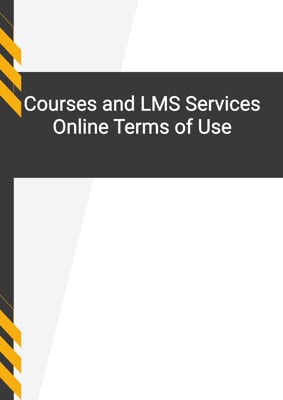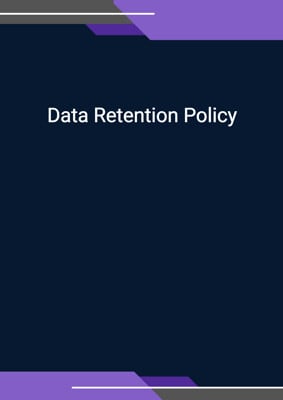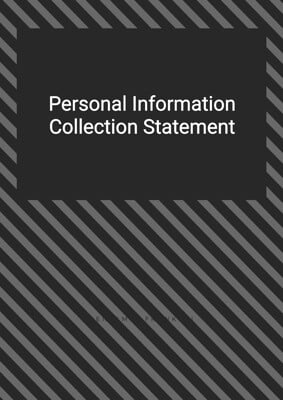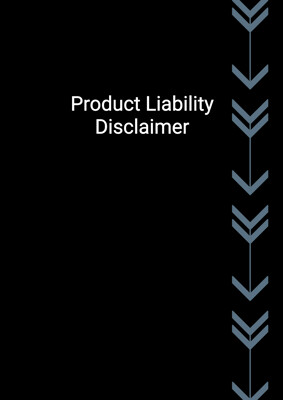How to Tailor the Document for Your Need?
01
Create Document
Click "Create Document" button and the document will be prepared with your account details automatically filled in.
02
Fill Information
Please fill in any additional information by following the step-by-step guide on the left hand side of the preview document and click the "Next" button.
03
Get Document
When you are done, click the "Get Document" button and you can download the document in Word or PDF format.
04
Review Document
Please review the document carefully and make any final modifications to ensure that the details are correct before publication / distribution.
Document Preview
Document Description
The document titled 'Return Policy' is a significant document that outlines the return policy of a service provider. It is essential for both the service provider and the customers to comprehend the terms and conditions concerning returns. The document commences with a brief introduction indicating that customers can initiate a return for any unsatisfied service or purchase. The return request must be submitted within a specific number of days from the purchase date, and the service or product should not have been utilized.
The document elaborates further on the return procedure. It specifies that a complete return will be processed within a specified time. The return will be processed using the same payment method utilized for the purchase. Keep in mind that some products may not be suitable for return.
How to use?
1. Review the Template: Carefully read through the Return Policy template to understand its content and provisions.
2. Customization: Tailor the template to match your specific business and products. Insert your company name, contact information, and any unique policies you might have.
3. Introduction: Begin with a clear statement that outlines the purpose of the Return Policy and emphasizes the importance of customer satisfaction.
4. Eligibility and Timeframe: Specify which products are eligible for return and the timeframe within which customers must initiate a return.
5. Conditions for Return: Detail the conditions under which a return will be accepted. This might include requirements like unused condition, original packaging, and proof of purchase.
6. Return Process: Outline the steps customers need to follow to initiate a return. Provide information on where they should contact, whether they need to fill out a form, etc.
7. Return Shipping: Explain whether customers need to cover return shipping costs or if you provide prepaid labels.
8. Refund and Exchange Policy: Clarify whether customers will receive a refund, store credit, or exchange for returned items. Specify how long the refund process might take.
9. Restocking Fees: If applicable, mention any restocking fees that might apply for certain returns.
10. Damaged or Defective Items: Address how you handle returns for damaged or defective items, including the process for reporting and replacing them.
11. Non-Returnable Items: List any items that are not eligible for returns, such as perishables or customized products.
12. Contact Information: Provide clear contact details for customer inquiries related to returns.
13. Legal Compliance: Mention that the Return Policy follows relevant laws and regulations.
14. Exchanges: If you offer exchanges, explain how they work and any requirements for them.
15. Cancellations: Address the process for canceling orders before they're shipped.
16. Special Circumstances: If you have specific policies for holidays, sales, or promotions, outline them clearly.
17. Effective Date: Indicate when the Return Policy goes into effect and any updates you might make in the future.
18. Communication: Make sure your Return Policy is easily accessible on your website. Consider linking to it from product pages, checkout pages, and confirmation emails.
19. Customer Education: Inform your customers about your Return Policy during the checkout process or in confirmation emails.
20. Regular Review: Periodically review and update your Return Policy to ensure that it's accurate and still reflects your business practices.
Not the right document?
Don’t worry, we have thousands of documents for you to choose from:



































